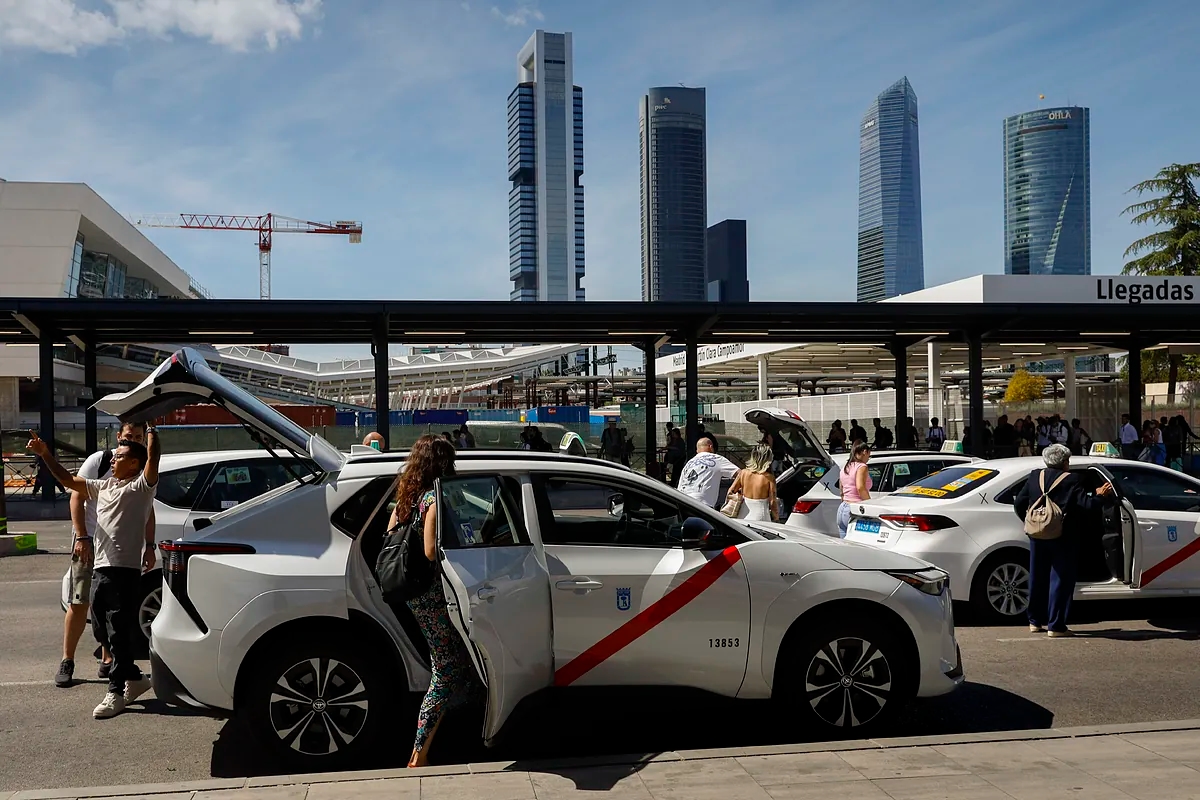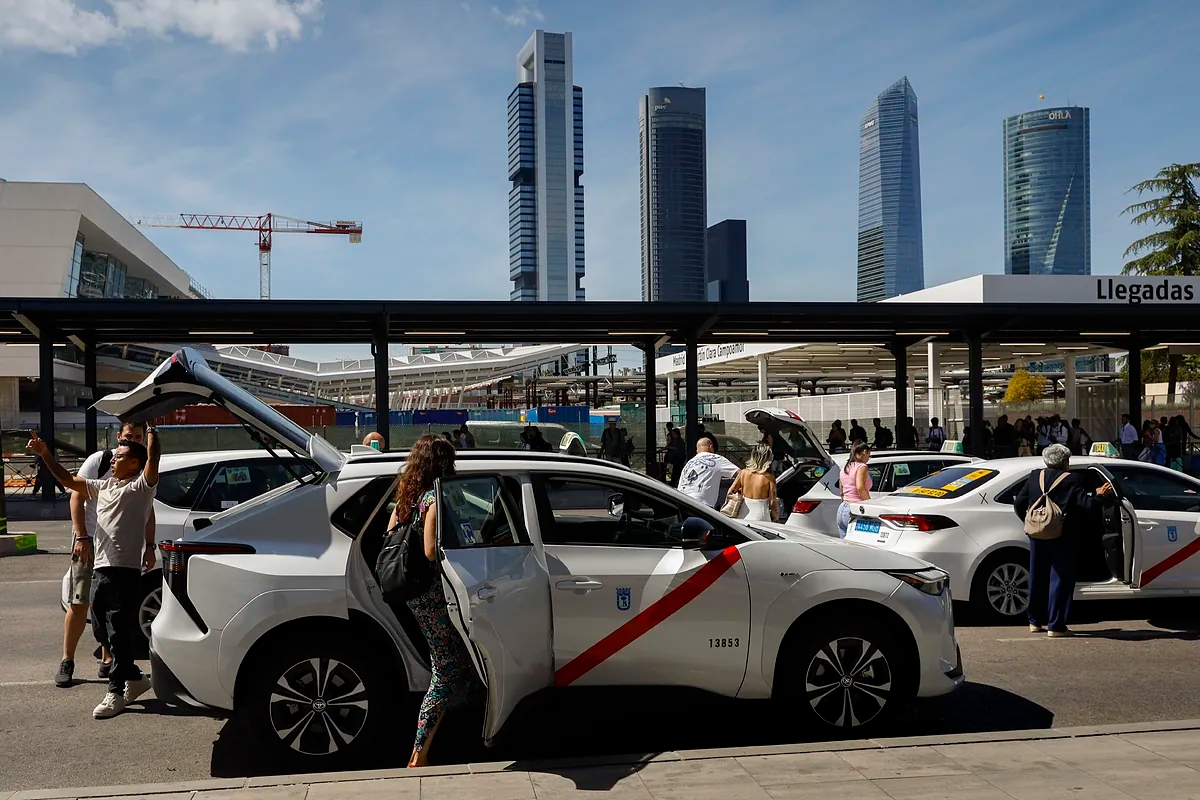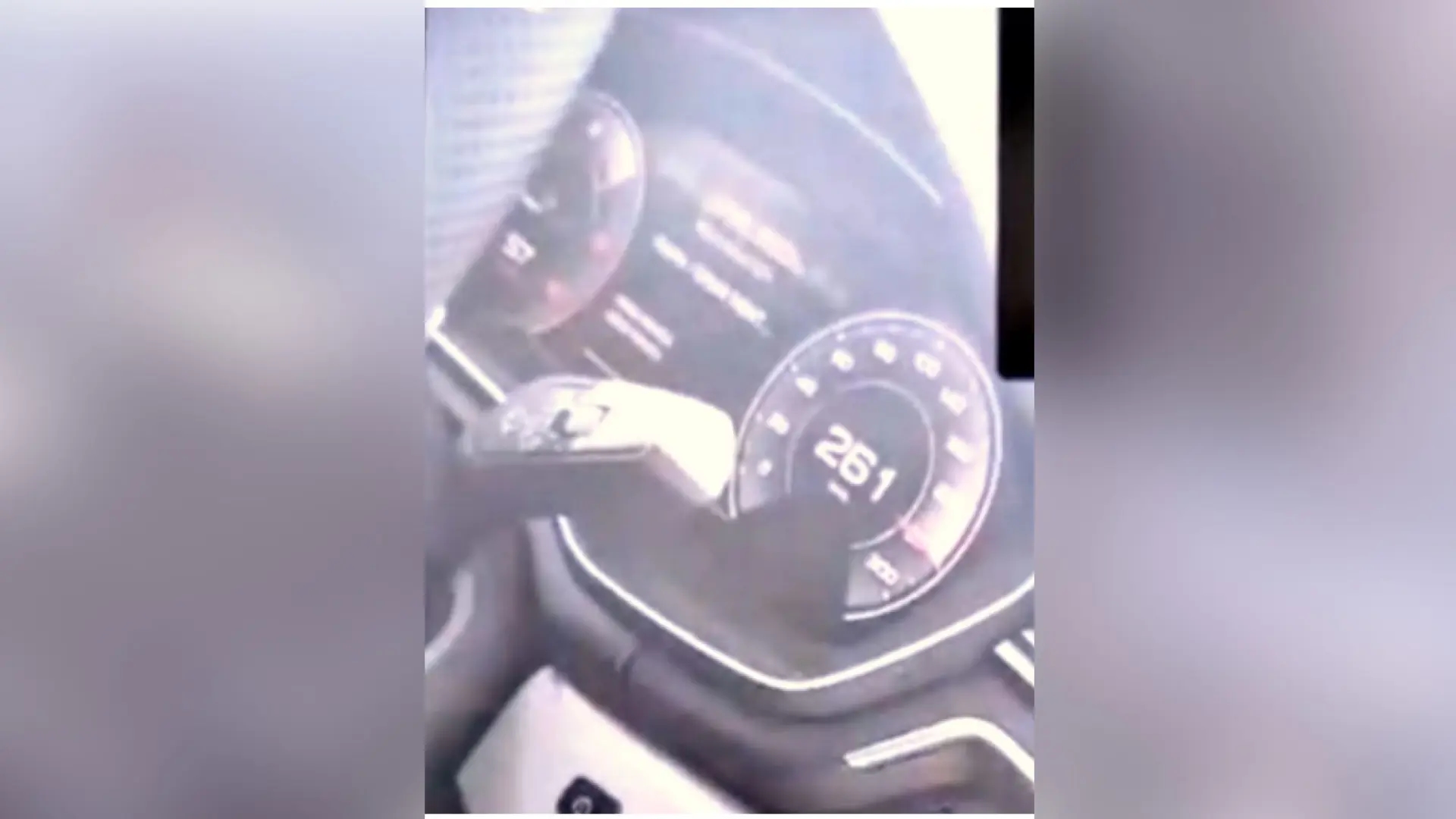The DGT will make seatbelt use mandatory in the city for taxi drivers, delivery drivers, and driving schools.

Taxi drivers, delivery drivers, and driving instructors will be required to wear seatbelts when driving in the city, electric scooters will always have to be operated with their lights on, and riders will also be required to wear a reflective vest on the road.
These are some of the new measures the Directorate General of Traffic (DGT) is preparing with a reform of the General Traffic Regulations that will particularly affect vulnerable road users (pedestrians, cyclists, drivers of personal mobility vehicles, moped riders, and cyclists).
The DGT has been working on it for more than four years with the primary goal of improving the safety of these groups.
The first draft of the royal decree amending this Regulation was subject to public hearing and information for a month in the summer of 2024, allowing interested entities and individuals to provide input.
More than a year later, the text is still making its way through various ministerial departments before being sent to advisory bodies and finally approved by the Government through the Council of Ministers.
The latest draft of the royal decree, to which Servimedia had access and which reflects January 2, 2026, as the expected date for its entry into force, maintains many of the new features of the summer 2024 text, eliminates others, and includes new aspects to the regulation.
SEAT BELTTaxi drivers, delivery drivers, and driving instructors will be required to wear seat belts when driving in cities, although this is not currently mandatory.
Only drivers and passengers in emergency vehicles, ambulance passengers , and children under 1.35 meters tall in city taxis will be allowed to go without seatbelts (in this case, they must travel in the back seats).
The latest draft of the General Traffic Regulations includes the new stipulation that to overtake a vehicle immobilized on the road (due to a breakdown, accident, emergency service, assistance, maintenance, or traffic regulation) and occupying part of the lane in the direction of travel, it is necessary to maintain a safety distance of at least 1.5 meters, even if invading the oncoming lane, and reduce the speed to at least 20 km/h with respect to the speed limit for that road.
PERSONAL MOBILITY VEHICLESAmong the new provisions are some that affect personal mobility vehicles (PMVs), including the popular electric scooters . For example, they must always keep their lights on, although this obligation during the day will be required one year after the new General Traffic Regulations come into force.
Furthermore, those with reduced mobility who travel at a "walking pace" in a personal mobility vehicle will be considered pedestrians. PMVs will not be allowed to use lanes designated for HOVs (high-occupancy vehicles) , and doing so will result in a serious violation, a €200 fine, which would be halved if paid within 20 days.
Professional riders or drivers of motorcycles, mopeds, cycles, bicycles and personal mobility vehicles must wear high-visibility reflective vests not only in cities and on cross-country trails , but also when traveling on roads.
MOTORCYCLES, CYCLISTS AND PEDESTRIANSRegarding motorcycles, the DGT rules out requiring drivers and passengers to wear full-face or modular helmets when riding on the road, opting instead for them to be "properly fastened," but maintains the requirement for protective gloves and "closed-toe footwear."
Regarding cyclists, it indicates that they may ride "in a column of two" on the shoulder and removes the reference to professionals being governed "by their own rules" when training or competing.
Motorcyclists, moped riders, and cyclists will be required to wear protective helmets at all times , and the exception for those with a certificate stating they should not wear one for "serious medical reasons" has been eliminated.
Regarding pedestrians, a new feature has been introduced that not only school lines and organized processions have priority over vehicles, but also "when military units are traveling on foot."
ENVIRONMENTAL LABELThe law prohibits the stopping and parking of vehicles with at least four wheels near pedestrian crossings because it can impair visibility and accessibility . Municipalities have two years to implement it.
It refers to the fact that local authorities will be able to regulate the entry and exit of children, the elderly, people with reduced mobility, or people with disabilities into vehicles.
Finally, parking for vehicles engaged in commercial sales activities (something prohibited in the first draft) will be permitted, and the mention in the first draft that municipalities may require vehicles to display the environmental label visibly has been removed.
elmundo





